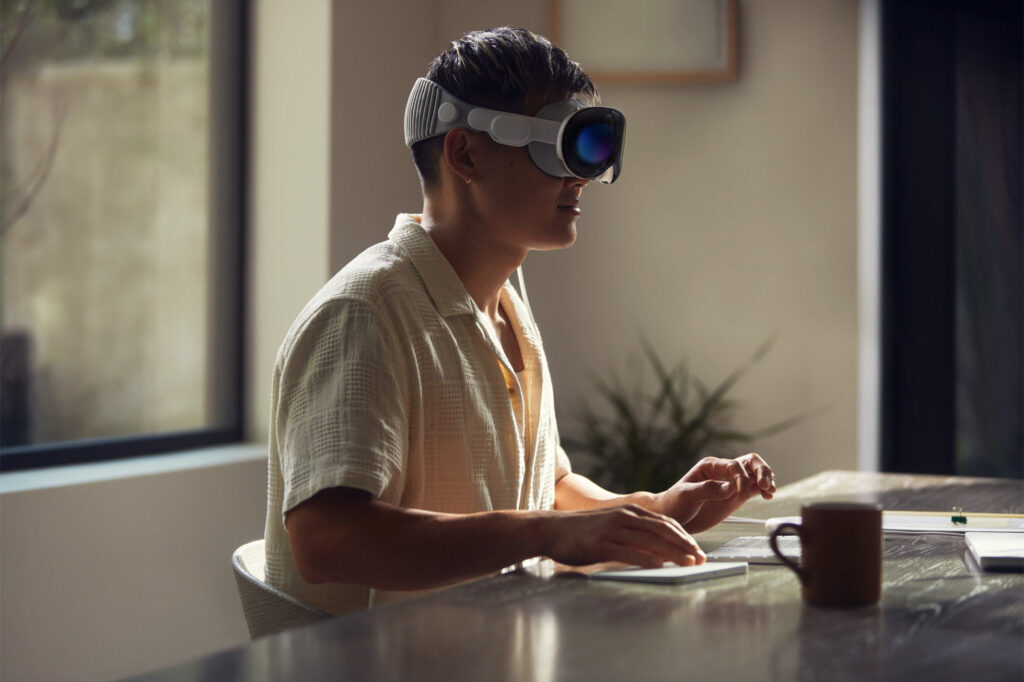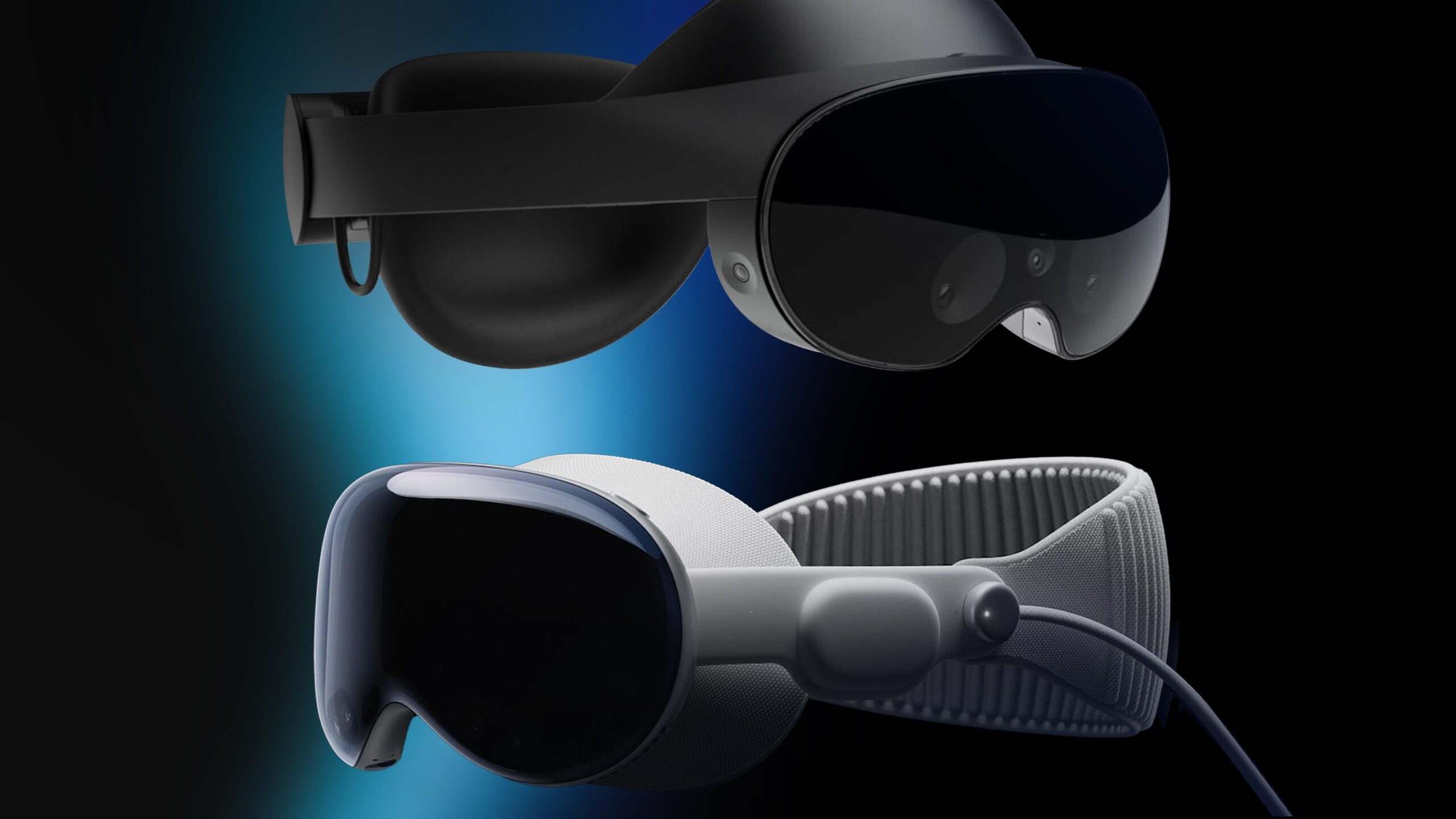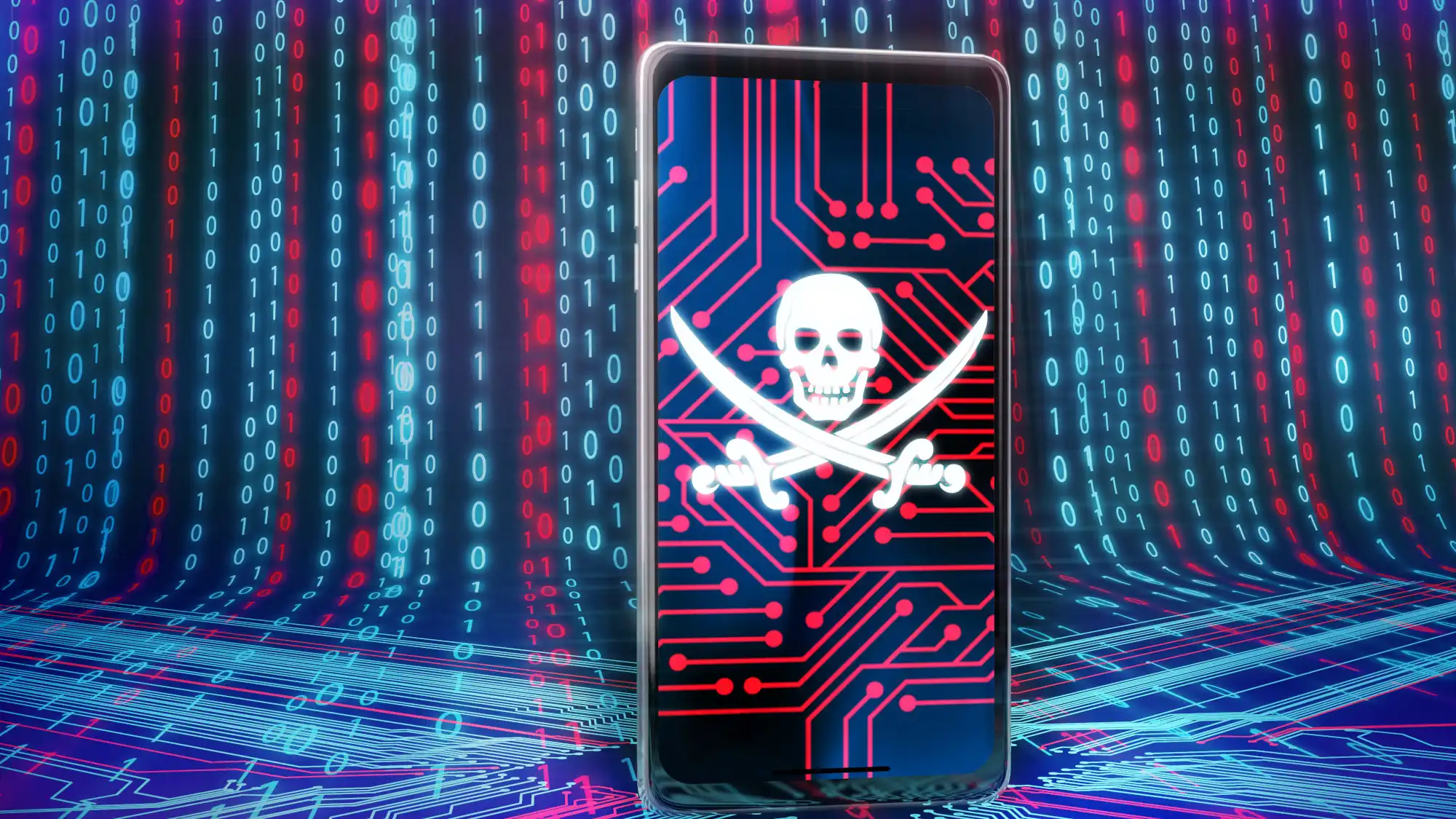
Embark on a visual journey with the latest Spatial Video feature from Apple, now available with the iOS 17.2 update. This groundbreaking technology allows you to capture mesmerizing 3D videos, providing an immersive experience that’s nothing short of extraordinary. However, to unlock this feature, you’ll need Apple’s flagship iPhone 15 Pro priced at $1,000, and for the ultimate viewing experience, the $3,500 Vision Pro headset, set to launch early next year.
Unveiling the Spatial Experience:
The Spatial Videos captured on the iPhone 15 Pro are not just visually stunning; they offer a compellingly realistic 3D experience. Easy to record, these videos can be saved and played back in 2D format, ensuring versatility in sharing your creations. Despite the hefty price tag of the Vision Pro, the overall experience proves to be truly impressive.
Immersive Vision Pro Experience:
Having explored the Vision Pro at Apple’s WWDC conference, its extraordinary display capabilities left a lasting impression. Photos and videos come to life on Apple’s headset, surpassing the display quality found in any other corner of my home. The fitted prescription lenses enhance the overall comfort, emphasizing the compact design and seamless interface of the headset.
Spatial Video Insights:
To delve into the world of Spatial Videos, users must record horizontally with the iPhone 15 Pro, utilizing both main and ultrawide cameras simultaneously. The resulting 3D video, recorded at 1080p and 30fps, is stored in HEVC format with a manageable storage size of approximately 130MB per minute. Sharing Spatial Video clips is possible through Messages or AirDrop, but caution is advised as third-party apps may compress files, potentially compromising the 3D data.
Limitations and Future Prospects:
While the Spatial Video feature offers a futuristic and immersive experience, there are limitations. Currently, there’s no support for third-party apps to recognize Apple’s 3D HEVC video format. Moreover, the exclusive viewing on the Vision Pro headset may disappoint some users, as no other method is provided to experience the videos in 3D.
Looking ahead, the potential for adapting stereo 3D recording for other VR headsets is discussed, but it’s not in Apple’s immediate plans. Despite the absence of a recording limit, the inability to edit Spatial Videos in 4K resolution raises hopes for future improvements in Apple’s video editing software, Final Cut Pro.
The 3D Memory Lane:
Apple’s pursuit of becoming a memory company is evident in the Spatial Video format. Memories in the Photos app may soon feature this new category of 3D experiences. The dream of building a library of capable videos for future Vision Pro owners looms large, urging current iPhone 15 Pro users to toggle on Spatial Video and contribute to this evolving digital landscape.
In conclusion, while recording in Spatial Video may not be a priority for the majority at present, the innovation showcased by Apple hints at a future where 3D memories become an integral part of our visual storytelling.




